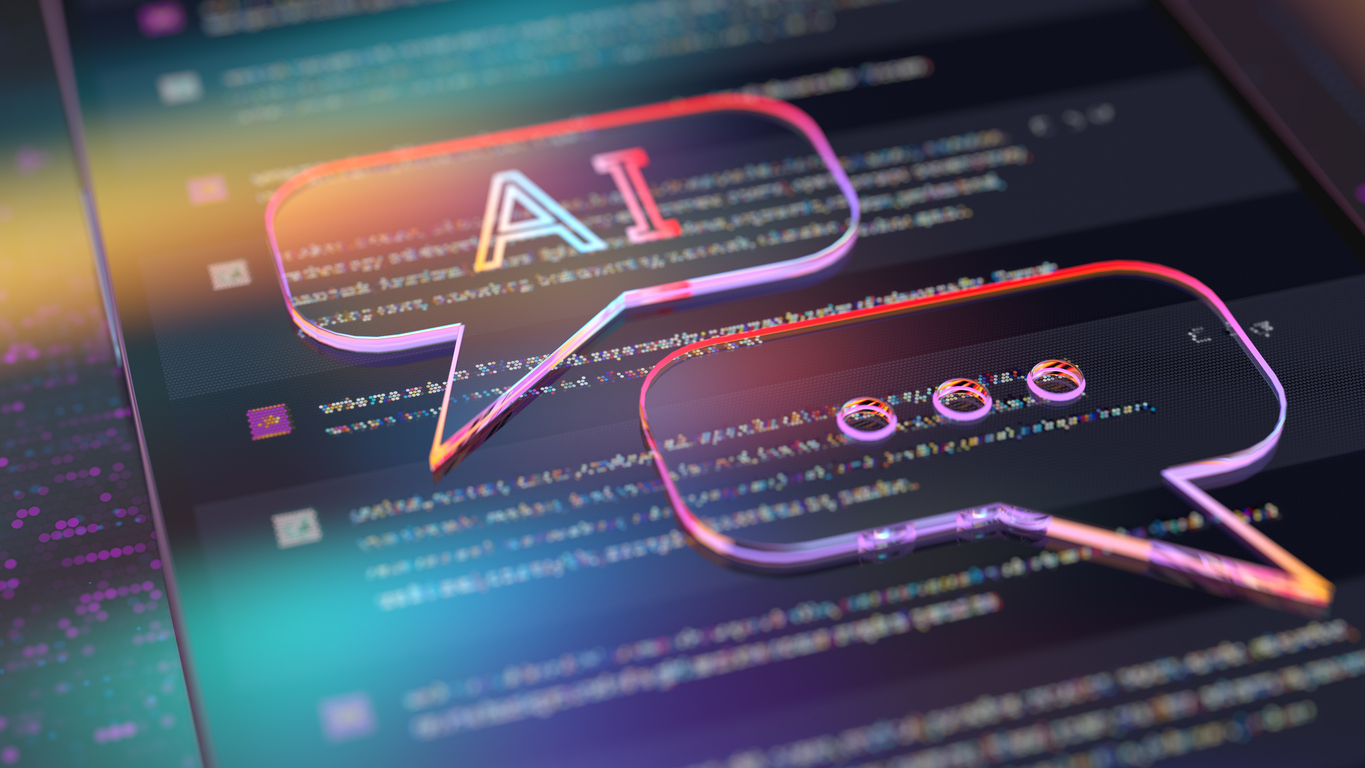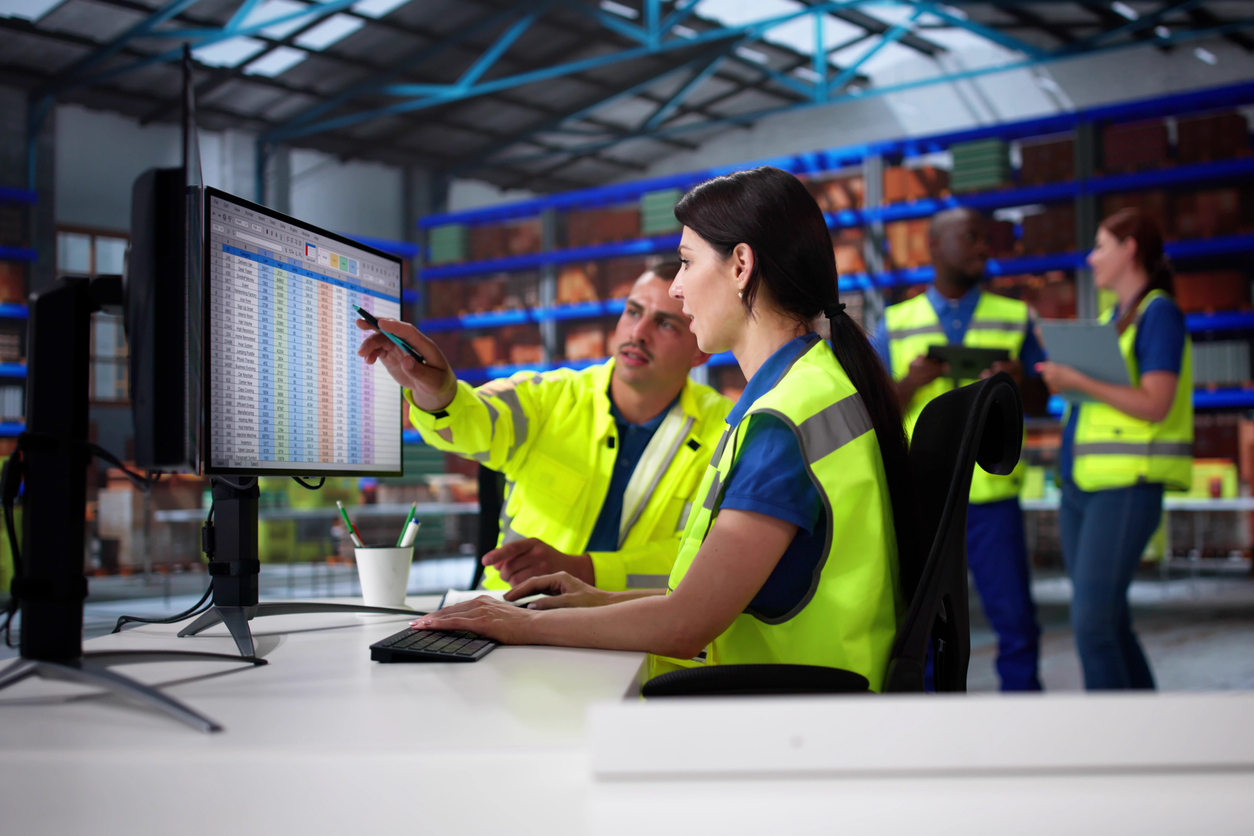AI Chatbots vs Human Customer Service in Logistics: What’s the Right Fit?
6 mins read

The changing face of customer service in logistics
In logistics, customer expectations aren’t just high, they’re relentless. Fast response times, real-time tracking and 24/7 support have become table stakes for providers across the supply chain.
To meet that demand, many logistics businesses are leaning into AI, especially AI chatbots, as a scalable way to boost efficiency and cover after-hours inquiries.
But for every seamless interaction with a bot, there’s still a time and place where human support shines. Emotional nuance, service recovery and relationship building are still best left to your team on the ground.
At NW Technology, we specialise in helping logistics providers find and integrate the right resourcing mix, people and platforms to scale smarter. So, let’s unpack where AI chatbots make sense, where they fall short and how to build a hybrid model that actually works.
AI is on the rise, but it’s not the whole answer
The chatbot market in Australia is booming. In 2023, it was valued at AUD 263 million and is expected to hit AUD 685 million by 2029, growing at over 19% CAGR.
More than two-thirds of Australian businesses have already adopted AI in some capacity, with another 23% actively planning to roll it out within the next 12 months.
In logistics, chatbots are being used for:
- real-time delivery updates
- FAQ responses (e.g. shipping times, item weight limits, return policies)
- basic rebooking or redirection requests
- managing customer service overflow during peak periods.
And they’re effective. One of our clients launched a pilot program and were shocked at the results, with 60% of inquiries resolved automatically in the first month of chatbot deployment. That’s time and budget freed up to focus on higher-impact work.
What chatbots do well in logistics
- Instant, 24/7 availability
No need to staff a night shift. Chatbots handle inquiries around the clock, especially in global logistics environments where time zones don’t sleep. - High-volume, low-emotion queries
Think: “Where is my parcel?”, “How do I update my address?”, “What are your shipping cut-off times?”. These are repeatable, rule-based queries that bots can easily automate. As Darren Frlan, our State Manager in Victoria, puts it: “AI handles volume, humans handle value.” - Integrated system access
Modern chatbots don’t just guess. When connected to CRMs, TMS platforms and ERP systems, they can serve up real-time data, like live ETAs, stock availability and tracking updates, without needing a human to step in. - Cost-efficiency and load balancing
By automating simple tasks, chatbots help businesses reduce call centre overheads, improve resolution speed and flatten the workload curve for stretched teams.
Where bots fall short: The human touch still matters
While AI chatbots are excellent at efficiency, they’re not equipped for empathy or complex problem-solving.
Emotionally charged issues
Angry customers, late deliveries, damaged goods: these are situations that require calm, confident and human responses. A bot might acknowledge an issue, but it can’t rebuild trust. As Frlan shares, “Rather than wiping out customer service altogether, what’s really happening is a shift. People are moving into more complex, empathetic roles, handling escalations or managing exceptions where a bot just can’t deliver that personal touch.”
One large 3PL provider redeployed a chunk of their frontline support team into ‘customer experience specialists’ who now manage high-value accounts and relationships with strategic oversight.
Context-rich escalations
Take freight claims, customs delays or incorrect fulfilment. These aren’t solved with templated answers. You need someone who understands the operational context and can make judgement calls.
Relationship building
For B2B clients in warehousing or large-scale logistics, customer service isn’t transactional; it’s strategic. That kind of partnership is built by people, not platforms.
How to build a smarter hybrid model
The key is integration. Bots should act as a first line of response, handing off seamlessly when human insight is needed. Here’s how to build that bridge:
1. Map your customer journeys
Start by identifying the most common support queries and ranking them by complexity and emotional weight. Automate the simple stuff; escalate the rest.
2. Invest in system integration
Ensure your chatbots can access live data from your TMS, CRM and warehouse systems. Without integration, bots are little more than glorified contact forms.
3. Design escalation paths that work
No one likes a dead-end chatbot. Build logic that routes conversations to the right person fast, with full conversation context intact.
4. Upskill your people
Your team should be trained not just to solve problems but to work alongside AI. That includes understanding bot workflows, monitoring performance dashboards and jumping in when a high-value moment arises.
The future of customer support in logistics
We don’t believe AI chatbots are replacing your people. But they’re definitely redefining the roles you need.
You’ll start to see more hybrid roles like:
- Customer Automation Specialist
- Customer Experience Strategist
- Conversational AI Analyst
- Chatbot QA/Training Coordinator
These roles sit at the intersection of tech and human service, designed to drive performance, not just handle tickets. Frlan notes, “There’s a growing need for what we’d call AI-augmented roles. Instead of hiring traditional CSRs in bulk, employers are looking for people who can operate in a hybrid space, and a great example is customer support professionals who are comfortable using, managing or even training AI tools. That blend of soft skills and tech fluency is becoming a skill currency.”
Final take: Don’t choose between AI and people – combine them
There’s no one-size-fits-all solution. But if you’re looking to implement AI, Frlan suggests the following approach: “Start small and pilot with a clear human backup plan. Map out customer journeys and identify the low-emotion, high-volume queries that bots can handle first, like tracking or delivery ETAs.”
And when it comes to automation, never automate apologies or empathy.
“When something goes wrong – a late delivery, a lost shipment, a frustrated customer – that’s where the human voice matters most. A bot can acknowledge an issue, but it takes a human to make someone feel genuinely heard and valued,” Frlan remarks.
Looking to future-proof your customer support?
At NW Technology, we know the tech landscape inside out. Whether you’re looking to hire to implement AI chatbots, restructure your customer support team or find talent who can manage both, we’ve got the network and the know-how.
Latest Insights
Stay ahead with the latest insights, industry news, and expert strategies to drive your business success.

How to build an employer brand of choice
If your roles are getting fewer quality applications or your offers are bein...

Mental Health at Work: How to Create a Stigma-Free Workplace
Workplaces have come a long way in how they talk about wellbeing, but mental...

The Benefits of Managed Workforce Solutions in Warehousing
Warehousing isn’t getting any easier. Labour shortages. Rising costs. Shif...
